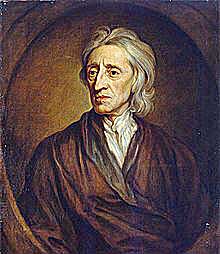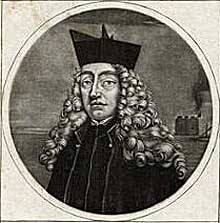

Although the Protestant movement began in the 16th century, the Baptists, Congregationalists and Presbyterians were not targeted with legislation in England until the mid-17th century. The Methodists were not persecuted because they did not formally organized as a church until the 19th century.
1662: Act of Uniformity ejected two thousand ministers from the Church of England.
1664: Conventicle Act punished any person over the age of 16 who attended a religion service not using The Book of Common Prayer. A conventicle was defined as an assembly of more than five people who were not family.
1665: Five Mile Act prohibited an ejected minister from living within five miles of his forfeited pulpit.
1689: Act of Toleration, extended freedom of religion to all but Catholics and Unitarians.
1880: the Burial Law Amendment Act made it legal for non-Anglican burials in an Anglican churchyard.
The events and conflicts of the second half of the 17th century, laid the foundations for modern British government. A good illustration is the contrast of John Locke and Oliver Cromwell. John Locke (1632-1704) was born in Somerset but resided in High Laver, Essex at the end of his life. His liberal political ideas and theory of a social contract continue to influence Western democracies. Like Oliver Cromwell, a contemporary, John Locke was a Puritan. The English Civil Wars (1642-1651) and their aftermath of social unrest, however, drove these men in opposite directions. Oliver Cromwell resolved to clean society of its errors as he saw them, leading him to support legislation to persecute Catholics. In contrast, John Locke argued that the lessons of the English Civil Wars taught the need for religious freedon and tolerance, which principles were adpoted in the founding of the Untied States.
(1697 Potrait of John Locke by Godfrey Kneller.)

The Act of Toleration did not apply to Unitarians and Catholics. Unitarians were excluded because they believed Jesus did not always exist but was created by God. Despite exclusion, the energy of authoirites to persecute Unitarians waned soon after the Act became law. Catholics alone were persecuted until 1829 because the Pope was a foreigner, making loyalty to the Catholic church quasi-treasonous.
1678: Recusants barred from parliament.
1692: Recusants to incur double land tax.
1699: Recusants barred from purchasing or inheriting land.
1778: Relief Act: Catholics permitted to own land.
1791: Relief Act: Catholic clergy permitted to exercise ministry.
1829: Emancipation Act: Catholics permitted to hold office and to sit in parliament.
Sir Edward Petre (1631-1699) is a good example of the odd siutaion of Catholics in Essex after the Act of Toleration. He was the 3rd Baronet of Cranham, an English Jesuit Priest, and founder of the Jesuit College of the Holy Apostles, which trained priests in Essex and East Anglia. The baronetcy of Cranham was a junior branch of the Petres of Ingatestone. He married Elizabeth Gage, the daughter of Sir John Gage, who was a staunch Catholic. During the reign of King James II Sir Edward Petre served as Clerk of the Closet (1686) and as a member of the Privy Council (1687). His fortunes sank with those of King James II. In 1688 Sir Edward Petre fled England for his safety. The mix of religion and politics made him a controveral figure. He was villified as a man of great enterprise but few accomplishments.
(Portrait by an unknown artist c. 1689.)
We do not know what you know. Please share with us your knowledge, and help us correct any error you find in our research.